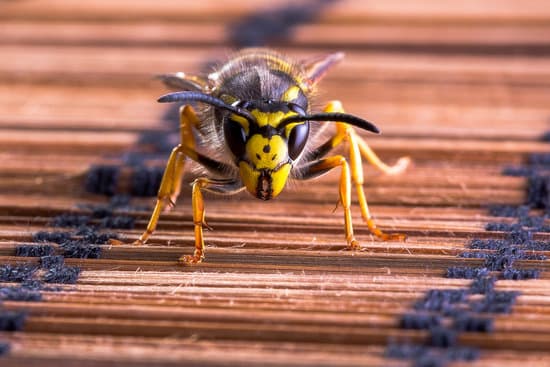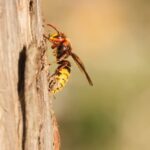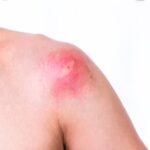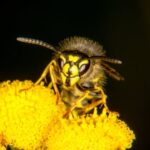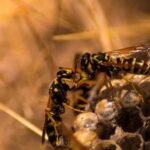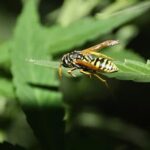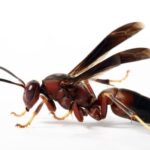Do Wasps Really Lay Eggs in Figs?
Figs are a sweet, edible fruit that are often sold as a base for desserts. The fruit usually grows in balmy climes. They are typically sold alone or in jams. These fruit also attract a specific type of wasp, which pollinates the fig. These wasps are known as fig wasps.
The fig wasps have a life cycle that can be typified by the caprifig. The caprifig is a wild, inedible fig. The male caprifigs produce three crops of syconia per year. The syconia are the flowers inside the fig.
Once the fig is ready to bloom, it will produce a strong scent to attract the female wasps. These female wasps then collect pollen from the fig. The pollen is then spread to the next fig. Then, the female fig wasp lays eggs inside the male fig.
The female fig wasps are about 1.5 millimeters in size at full size. They are dark, and have a head. They have a specialized pouch for collecting pollen. They also have wings. They enter the male fig through a tiny opening. The wings are cut off when they enter.
Once inside the male fig, the female fig wasp searches for a specific fig to lay eggs. She may fly up to six miles. The pollen she carries from her home in another fig fertilizes the new fig. Afterward, she dies. She is then digested by the fig.
Female wasps lay eggs in the ovary of some flowers. These eggs hatch into larvae. These larvae breathe air inside the fig and increase the amount of carbon dioxide in the enclosed space. The grubs emerge from the seeds after about a week. They eventually develop into adult wasps.
